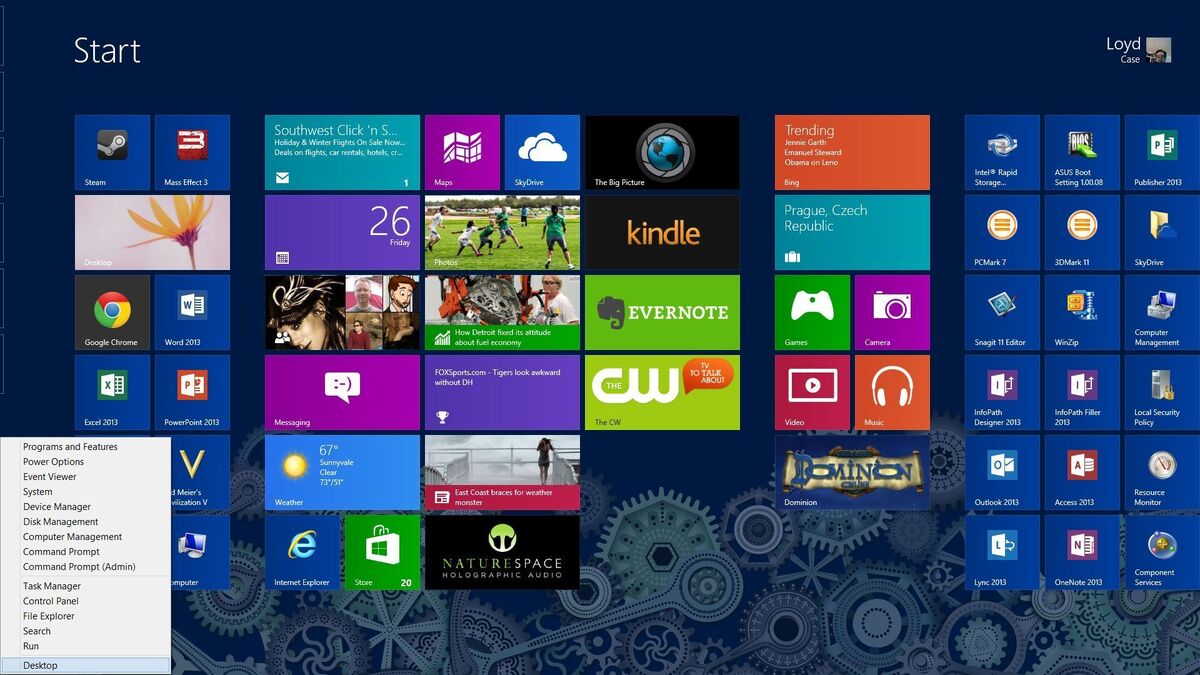Let’s say it’s your favorite version of Windows. It allows you to specifically download updates. It doesn’t insert cartoons or ads into your search engine. It doesn’t move your icons around. It’s well behaved.
And yet, it’s a flavor of Windows most people don’t even use.
I’m talking about, of course, Windows 8.1. (You didn’t really think I was describing Windows 11, did you?)
And, like every other major operating system Microsoft develops, Windows 8 is coming to its end of life.
Just as important for Windows 8 users, if not more so, is support for browsers. Often, users will continue to run an out-of-date, unsupported platform long after its end of life — as long as there is a supported browser that still works. Windows 7, for instance, has had a longer-than-normal life because of the Extended Software support Microsoft has provided; that’s given it an extra three years. Sure, each year meant an increase in price. But there clearly were enough firms using Windows 7 to keep Microsoft in the business of patching the old OS.
The same doesn’t seem to be true for Windows 8.1; Microsoft isn’t providing an end-of-life program for it, nor are other vendors. Case in point: Google’s Chrome browser. Google has announced that both Windows 7 and Windows 8.1 will stop getting support in early 2023. As Google noted, that end of support drops on Jan. 10.
Firefox, which has yet to make any announcement about its plans, is in a similar situation. Fifteen percent of its Firefox browser user base is still on Windows 7 (with Windows 8.1 being even less). But it doesn’t look promising for Firefox if other big vendors are pulling the plug on both Windows 7 and 8.1.
Some vendors are taking a more nuanced approach for these older platforms. 0patch, a vendor that specializes in creating “micro patches” for various platforms, has announced it will continue to prep micro patches for Windows 7 and Windows server 2008 R2 for the next two years. But it will not be doing so for Windows 8.1.
For those of you that love these older operating systems, what do you do? It depends. If you’re a business and need an older operating system to run a specialized line-of-business application, make sure you isolate it from the internet. Limit it to a local, isolated network that is just for that application or your specific business needs.
For individual users that still love these two platforms, or need them for a key application, I would use the same isolation process; do not browse the internet after browser vendors end their support. If you’re an advanced user, I recommend you move the older platform to a virtual machine — and run it only when needed. I have long used Disk2vhd to make a virtual image of a computer and move it to a virtual machine. If you are using a HyperV-based virtual host, the process is seamless. If you are using Virtual Box, you’ll need to hop through the Vmware converter to create an image Virtual Box will support. Once you do so, you can have the machine share the internet connection or move files between the host machine and your virtual version. That will ensure the computer it’s running won’t run into hardware issues.
Older Windows 7 and 8.1 machines may also have older parts like power supplies and mechanical drives that start to wear out. If you still use a physical drive rather than an SSD, consider moving to the latter. Both Windows 7 and Windows 8.1 systems can be moved to an SSD drive; all you need is to open up your computer or laptop, use backup software to make an exact image of your existing drive, then get a USB cable holder to temporarily hold the SSD as it receives the hard drive image.
Then, open your computer, swap the old hard drive for the new one, hit the power button, and — if the computer gods are with you — your system will boot. You may even want to scour Amazon and Ebay to ensure you have spart parts for power supplies and fans for systems you can’t virtualize. (Older pieces of hardware often use older serial connections, dongles, or other unique hardware that’s hard to come by — and can’t be virtualized.)
If you’d like an older system to retain some kind of support, remember you can decide to install a Linux-based OS on it. Operating systems like Mint, for example, can be installed on older hardware. This will provide you with a supported operating system and a supported browser.
Ultimately with older machines, make sure there is still an active community that helps to support whatever platform you use. Vendors are notorious for updating documentation only for currently supported versions, dropping information and web pages for older apps and OSes.
With Microsoft getting to the end of the road for both Windows 7 and Windows 8.1, will you be affected? Will you even miss Windows 7 and Windows 8.1?






